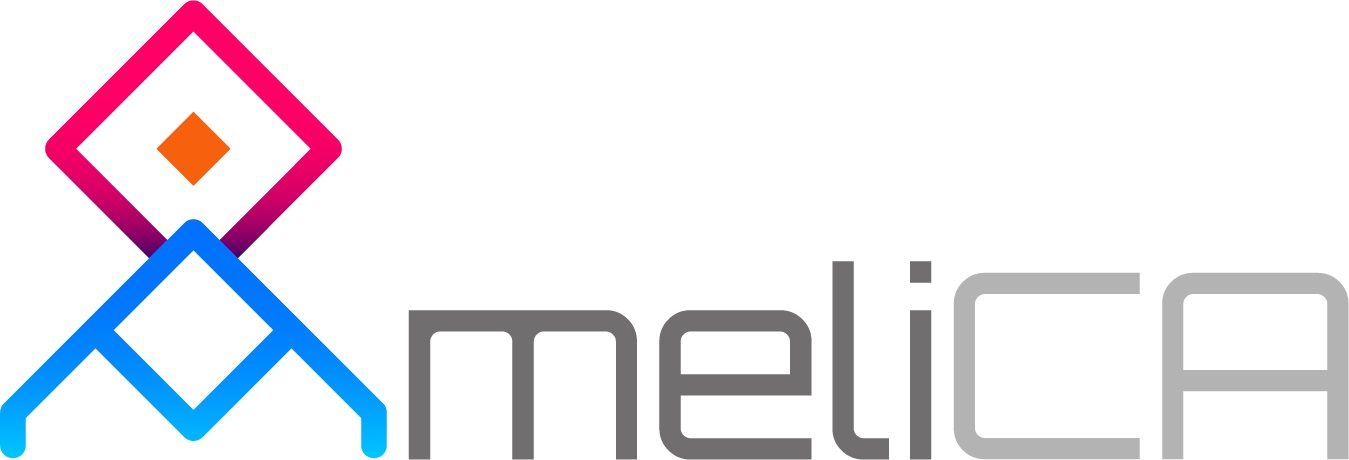En busca del mejor sistema para proteger los Derechos Humanos: ¿deberíamos seguir al gato africano o al león Interamericano?
Seeking the best system to protect human rights: should we follow the african cat or the inter-american lion?
DERECHOS RESERVADOS DE AUTOR
Todo documento incluido en la revista puede ser reproducido total o parcialmente, siempre y cuando se respete su contenido original, se cite la fuente y se use con fines académicos no comerciales. Misión Jurídica y su contenido se encuentra protegido bajo una Licencia Creative Commons Atribución-NoComercial-SinDerivar 4.0 Internacional.

Misión Jurídica por Misión Jurídica se distribuye bajo una Licencia Creative Commons Atribución-NoComercial-SinDerivar 4.0 Internacional.
Basada en una obra en http://unicolmayor.edu.co/publicaciones/index.php/mjuridica/index.
Permisos que vayan más allá de lo cubierto por esta licencia pueden encontrarse en http://unicolmayor.edu.co/publicaciones/index.php/mjuridica/index.
Mostrar biografía de los autores
Este artículo es un intento por comparar los recursos positivos más destacados, así como las debilidades más grandes de los Sistemas de Derechos Humanos Interamericano y Africano a la luz de las actividades de la Comisión y la Corte en ambos sistemas. El análisis, enfocado en los principales instrumentos de Derechos Humanos para ambas regiones, está articulado en dos secciones, a su vez estructuradas en varios párrafos. La primera sección explora el mandato legal de los respectivos organismos. La segunda explora el funcionamiento en la práctica de dichos organismos, bajo la forma de una revisión de cómo usan su mandato jurídico y cuál es concretamente el impacto que alcanza. Además, en este artículo se discutirá el papel clave de la influencia de los factores históricos, sociales y contextuales, pilares fundamentales de cualquier consideración legal que pueda hacerse al reflexionar sobre los sistemas de Derechos Humanos.
Visitas del artículo 189 | Visitas PDF 212
Descargas
African Commission on Human and Peoples’ Rights, Social and Economic Rights Action Center (SERAC) and Center for Economic and Social Rights (CESR) v Nigeria, Communication No. 155/96, 27 May 2002.
African Commission on Human and People’s Rights v Republic of Kenya (Ogiek Decision), African Court on Human and Peoples’ Rights (ACtHPR), Judgement, Application No. 006/2012, 26 May 2017.
Antkowiak, ‘Remedial Approaches to Human Rights Violations: The Inter-American Court of
Human Rights and Beyond’, 2008, 46 Columbia Journal of Transnational Law.
Bantekas and Oette, International Human Rights Law and Practice, Cambridge University Press, Second Edition, 2016.
Burgorgue-Larsen, ‘Decompartmentalization: the Key Technique for Interpreting Regional Human Rights Treaties’, 2018, 16 International Journal of Constitutional Law 1.
Canton, ‘To Strengthen Human Rights, Change the OAS (Not the Commission)’, 2013, 20 Human Rights Brief 2.
Contesse, ‘The Inter-American Court of Human Rights' Advisory Opinion on Gender Identity and Same-Sex Marriage’, 2018, 22 American Society of International Law – Insights 9.
Dulitzky, ‘An Alternative Approach to the Conventionality Control Doctrine’, 2015, 109 American Journal of International Law.
Engstrom, ‘Reconceptualising the Impact of the Inter-American Human Rights System’, 2017, 2 Revista Direito and Praxis 8.
Goldman, ‘History and Action: The Inter-American Human Rights System and the Role of the Inter-American Commission on Human Rights’, 2009, 31 Human Rights Quarterly 4.
Gyan Nyarko, Oluborode Jegede, ‘Recent developments: Human rights developments in the African Union during 2016’, 2017, 17 African Human Rights Law Journal.
Heyns, Padilla, Zwaak, ‘A schematic comparison of Regional Human Rights Systems: an update’, 2006, 3 International Journal on Human Rights 4.
Huneeus, Rask Madsen, ‘Between universalism and regional law and politics: a comparative history of the American, European, and African human rights systems’, 2018, 16 International Journal of Constitutional Law 1.
Inter-American Commission on Human Rights (IACHR), Severe Financial Crisis of the IACHR Leads to Suspension of Hearings and Imminent Layoff of Nearly Half its Staff, Press Release, 23 May 2016.
IntLawGrrls, Ogiek: The African Court of Human and Peoples’ Rights first decision on indigenous rights, by D. Townsend, 28 May 2017.
Killander, Gyan Nyarko, ‘Recent developments: Human rights developments in the African Union (January 2017-September 2018)’, 2018, 18 African Human Rights Law Journal, p 742, 757.
Lixinski, ‘Treaty Interpretation by the Inter-American Court of Human Rights: Expansionism at the Service of the Unity of International Law’, 2010, 21 The European Journal of International Law 3.
Pinto, ‘The Role of the Inter-American Commission and Court of Human Rights in the Protection of Human Rights: Achievements and Contemporary Challenges’, 2013, 20 Human Rights Brief 2.
Saramaka People v Suriname, Inter-American Court of Human Rights (IACtHR), Judgement (Merits, Reparations and Costs), Series C No. 172, 28 November 2007.
University of Pretoria, Centre for Human Rights (Faculty of Law), Centre for Human Rights Calls for Autonomy and Independence of the African Commission to Be Reaffirmed; and for Action on Cameroon and Eritrea, 28 April 2018.
Völkerrechtsblog, The Inter-American System has always been in crisis, and we always found a way out”: an interview with Eduardo Ferrer Mac-Gregor Poisot, by L. Sanchez and R. Kunz, 17 October 2016.
Viljoen, ‘From a cat into a lion? An overview of the progress and challenges of the African human right system at the African Commission’s 25-year mark’, 2013, 17 Law, Democracy and Development.
Gyan Nyarko, Oluborode Jegede, ‘Recent developments: Human rights developments in the African Union during 2016’, 2017, 17 African Human Rights Law Journal, p 304, 308.
















